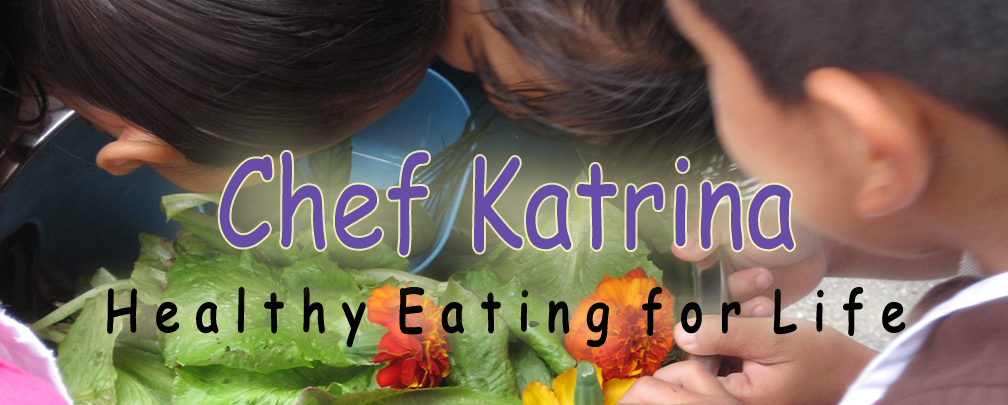Creating Food Pedagogy in Early Care and Education
 Wednesday, August 18, 2010 at 01:20PM
Wednesday, August 18, 2010 at 01:20PM I believe food programs must be integrated into the school day. We must move away from believing that the food programs are simply an add-on that brings food to the children in our care. Children need to understand gardens and farms, and they need to understand how to transform ingredients into flavorful meals. Cooking and growing food are supporting cultural processes that help children understand healthy eating. We need to widen the circle and invite the farmers into the classroom, go out to the garden and dig in the dirt and reach out to chefs to help our children and faculty to join each other at the cutting board. Classroom environments need dishes and dish washing. These should be self service areas that are facilitated by faculty and managed by children. Young children need compost buckets and worms to understand the difference between landfill and food for our soil. For the youngest children we need to model until they are able to set the table and wash the dishes including them in the processes as they grow into them. The farmers, the self service areas in classrooms and the landfill and composting are foundation bricks in my own food pedagogy.
Why do I believe you need these bricks in your early care and education program? “Spaces are typically created with some kind of purpose or intention, whether or not this is evident. Every environment implies a set of values or beliefs about the people who use a space and the activities that take place there.” (Curtis and Carter, Designs for Living and Learning, pg. 13) As educators we need to examine the environments we are creating to understand what we are doing that makes one in four of the children in our care obese. We need to ask, why is it if you are one of our Black, Hispanic or American Indian students you have a one in two chance of becoming obese? By thoughtfully planning food programs for young children we have the power to end childhood obesity.











